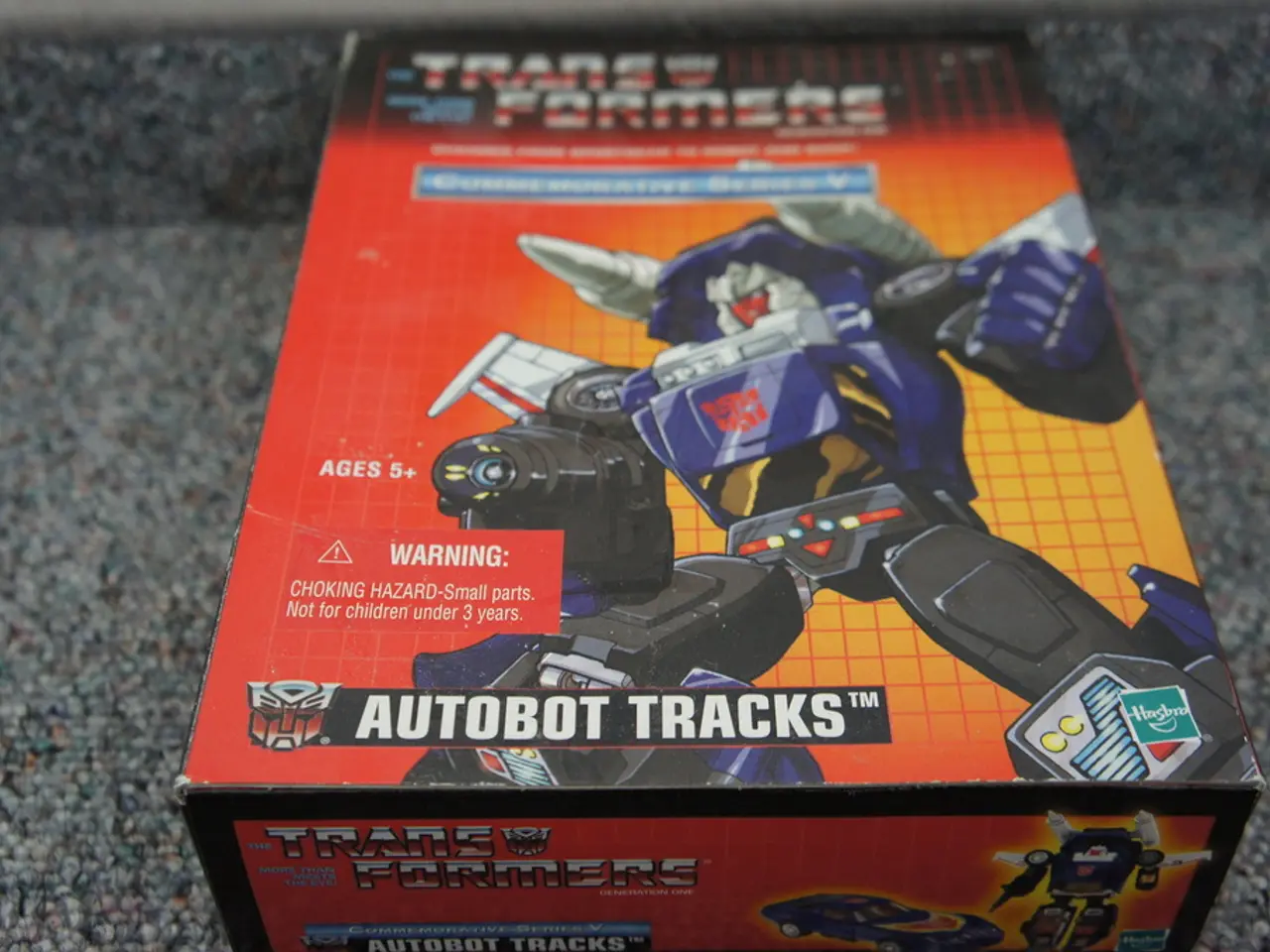Utilizing Kaibot for Instructional Purposes
Introducing KaiBot: A Revolutionary Coding Robot for Kids
KaiBot is a screen-free hybrid coding robot designed to make learning coding an engaging and interactive experience for children aged 5 to 15 [1][2]. This innovative educational tool combines physical coding cards with digital coding using the Blockly or Python programming languages, all within an immersive virtual environment called Kainundrum.
Key Features
At its core, KaiBot utilizes a deck of unplugged coding cards that teach foundational coding concepts with varying levels of difficulty. These cards, developed by teachers and parents, are designed to be screen-free and are also available in Braille versions for visually impaired students, with multi-language support for English, Spanish, and French [1].
KaiBot supports not only unplugged coding but also Blockly (a visual block-based coding system) and Python, catering to both beginners and more advanced learners. The robot's self-correcting capabilities ensure accurate robot movement, thanks to specially designed KaiTiles that guide the robot's navigation [1].
The Kainundrum app extends the possibilities by offering a virtual environment for more complex coding. This app features single-player and multiplayer coding games such as maze solving, hide and seek, and escape rooms, complete with interactive elements like lasers and mirrors [1]. The Kainundrum lite app supplements learning by integrating with the robot for additional activities and challenges.
Pricing
While the exact pricing for KaiBot was not explicitly detailed in the provided sources, interested parties are encouraged to contact Kai's Education through their sales email or phone numbers based in New Zealand and Australia for current pricing details [5].
Tips for Using KaiBot
- Start with the coding cards to introduce fundamental coding concepts before progressing to digital coding.
- Encourage participation in the Kainundrum games to make learning coding fun and interactive, leveraging multiplayer modes to foster collaborative learning.
- Take advantage of the robot’s support for multiple languages and Braille cards to ensure accessibility for children with different needs and backgrounds.
- Combine unplugged cards with digital coding as the child grows more confident, making use of the virtual environment for immersive practice.
- Contact Kai's Education support for guidance or troubleshooting via their email or phone support channels.
In summary, KaiBot is a versatile educational robot that blends unplugged and digital coding approaches with interactive play, designed to make coding accessible and engaging for children aged 5 to 15 [1][2]. By using KaiBot, students can learn coding directly using Python and Swift at advanced levels, engage in self-directed learning and problem-solving with Kaibot, and participate in competitions to create games to encourage creativity and practicality [3]. Additionally, Kaibot can be used without teacher involvement, and resources such as lesson plans, community projects, videos, and manuals are available on the company's website for teachers [4].
- KaiBot, a coding robot for kids, uses unplugged coding cards alongside digital coding languages like Blockly and Python, providing an engaging learning experience for students aged 5 to 15.
- KaiBot's coding cards, developed by teachers and parents, are available in multiple languages, including English, Spanish, and French, as well as Braille versions for visually impaired students.
- The Kainundrum app, a virtual environment provided by KaiBot, offers immersive, interactive learning activities like maze solving, hide and seek, and escape rooms, enhancing the learning experience for students.
- KaiBot's self-correcting capabilities ensure precise robot movement through specially designed KaiTiles, helping students master coding concepts accurately.
- By incorporating KaiBot into education-and-self-development, students can learn various aspects of STEM (science, technology, engineering, and mathematics) while developing critical thinking, problem-solving, and creative skills.




